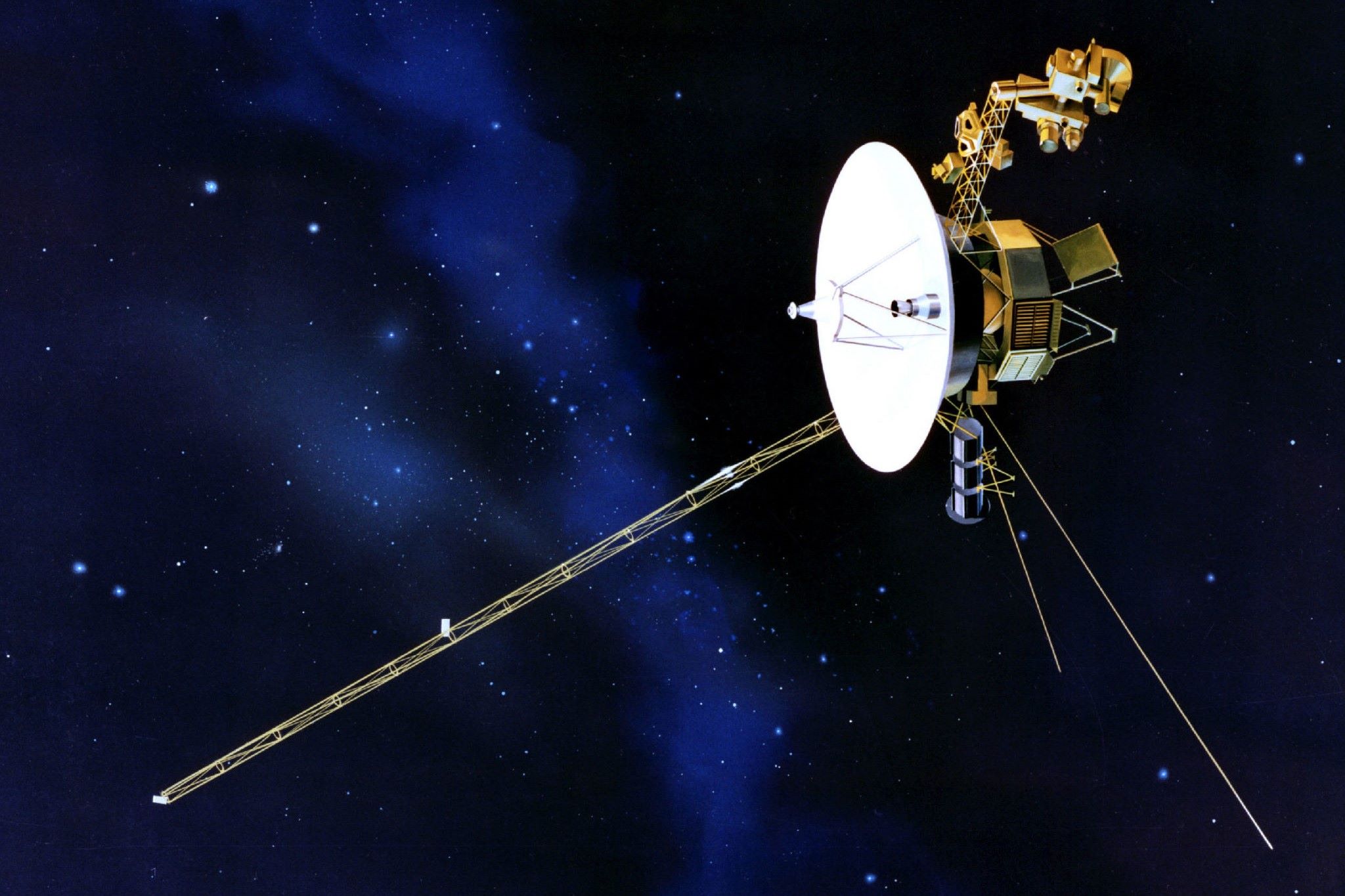
Voyager 2 is one of humanity's most remarkable achievements in space exploration. Launched by NASA in 1977, this spacecraft has traveled farther than any other human-made object except its twin, Voyager 1. But what makes Voyager 2 so special? Voyager 2 is the only spacecraft to have visited all four giant planets: Jupiter, Saturn, Uranus, and Neptune. It has provided invaluable data about these distant worlds, including detailed images and information about their moons, rings, and magnetic fields. Even after more than 40 years, Voyager 2 continues to send data back to Earth, helping scientists understand the outer reaches of our solar system. Ready to learn more? Here are 15 fascinating facts about Voyager 2 that will blow your mind!
The Launch of Voyager 2
Voyager 2, a space probe launched by NASA, has been exploring the cosmos since 1977. Its mission has provided invaluable data about our solar system and beyond.
-
Voyager 2 was launched on August 20, 1977, from Cape Canaveral, Florida. It was designed to take advantage of a rare planetary alignment.
-
The spacecraft was part of the Voyager program, which included its twin, Voyager 1. Both were tasked with studying the outer planets.
Journey Through the Solar System
Voyager 2's journey through the solar system has been nothing short of extraordinary. It has visited multiple planets, providing detailed images and data.
-
Voyager 2 is the only spacecraft to have visited all four gas giants: Jupiter, Saturn, Uranus, and Neptune.
-
The probe discovered 10 new moons around Uranus and five around Neptune, expanding our understanding of these distant planets.
Discoveries at Jupiter
Jupiter was the first major stop for Voyager 2. The data collected here was groundbreaking.
-
Voyager 2 discovered active volcanoes on Jupiter's moon Io, the first time such activity was observed outside Earth.
-
The spacecraft provided detailed images of Jupiter's Great Red Spot, a massive storm larger than Earth.
Saturn's Secrets
After Jupiter, Voyager 2 moved on to Saturn, revealing more secrets of our solar system.
-
Voyager 2 discovered new rings around Saturn, adding to the complexity of the planet's ring system.
-
The probe found that Saturn's moon Titan has a thick atmosphere, primarily composed of nitrogen.
Uranus and Neptune
Voyager 2's journey continued to the ice giants, Uranus and Neptune, where it made several important discoveries.
-
Voyager 2 discovered that Uranus has a tilted magnetic field, which was a surprising find for scientists.
-
The spacecraft observed Neptune's Great Dark Spot, a storm similar to Jupiter's Great Red Spot.
Beyond the Solar System
Voyager 2 didn't stop at Neptune. It continued its journey into interstellar space, sending back data from beyond our solar system.
-
In 2018, Voyager 2 entered interstellar space, becoming the second human-made object to do so after Voyager 1.
-
The probe is currently more than 11 billion miles from Earth, and it continues to send data back to NASA.
The Golden Record
One of the most fascinating aspects of Voyager 2 is the Golden Record it carries. This record contains sounds and images meant to represent life on Earth.
-
The Golden Record includes greetings in 55 different languages, music from various cultures, and sounds of nature.
-
The record also contains 115 images depicting life on Earth, including pictures of humans, animals, and landscapes.
Longevity and Legacy
Voyager 2's mission was initially expected to last only a few years, but it has far exceeded those expectations.
- The spacecraft is powered by a radioisotope thermoelectric generator, which has allowed it to operate for over 40 years.
Voyager 2's journey and discoveries have significantly expanded our knowledge of the solar system and beyond. Its mission continues to inspire scientists and space enthusiasts alike.
Voyager 2's Legacy
Voyager 2's journey through space has given us a treasure trove of knowledge about our solar system. Launched in 1977, this spacecraft has traveled billions of miles, sending back invaluable data about planets like Jupiter, Saturn, Uranus, and Neptune. Its discoveries have reshaped our understanding of these distant worlds, revealing details about their atmospheres, moons, and rings.
Even after more than four decades, Voyager 2 continues to communicate with Earth, providing insights from the edge of our solar system. Its mission has inspired countless scientists and space enthusiasts, proving that human curiosity knows no bounds. As we look to the future, Voyager 2's legacy reminds us of the incredible feats we can achieve through exploration and innovation. This spacecraft's enduring contributions will continue to influence space research for generations to come.
Was this page helpful?
Our commitment to delivering trustworthy and engaging content is at the heart of what we do. Each fact on our site is contributed by real users like you, bringing a wealth of diverse insights and information. To ensure the highest standards of accuracy and reliability, our dedicated editors meticulously review each submission. This process guarantees that the facts we share are not only fascinating but also credible. Trust in our commitment to quality and authenticity as you explore and learn with us.


